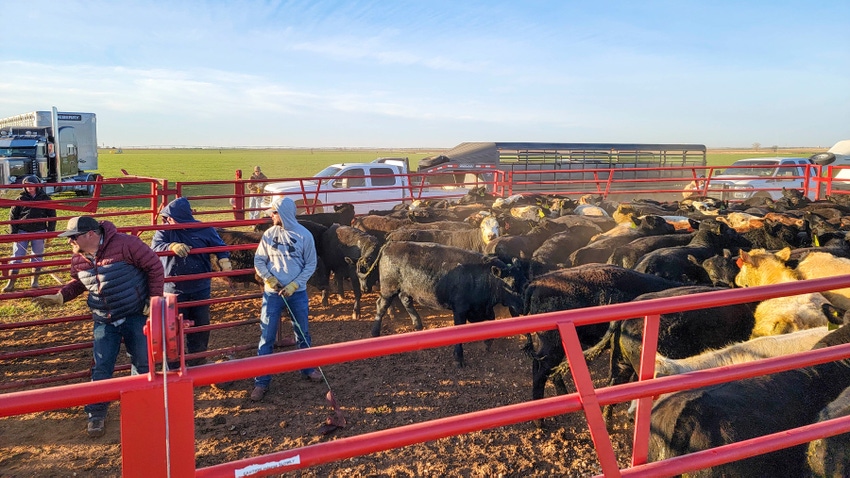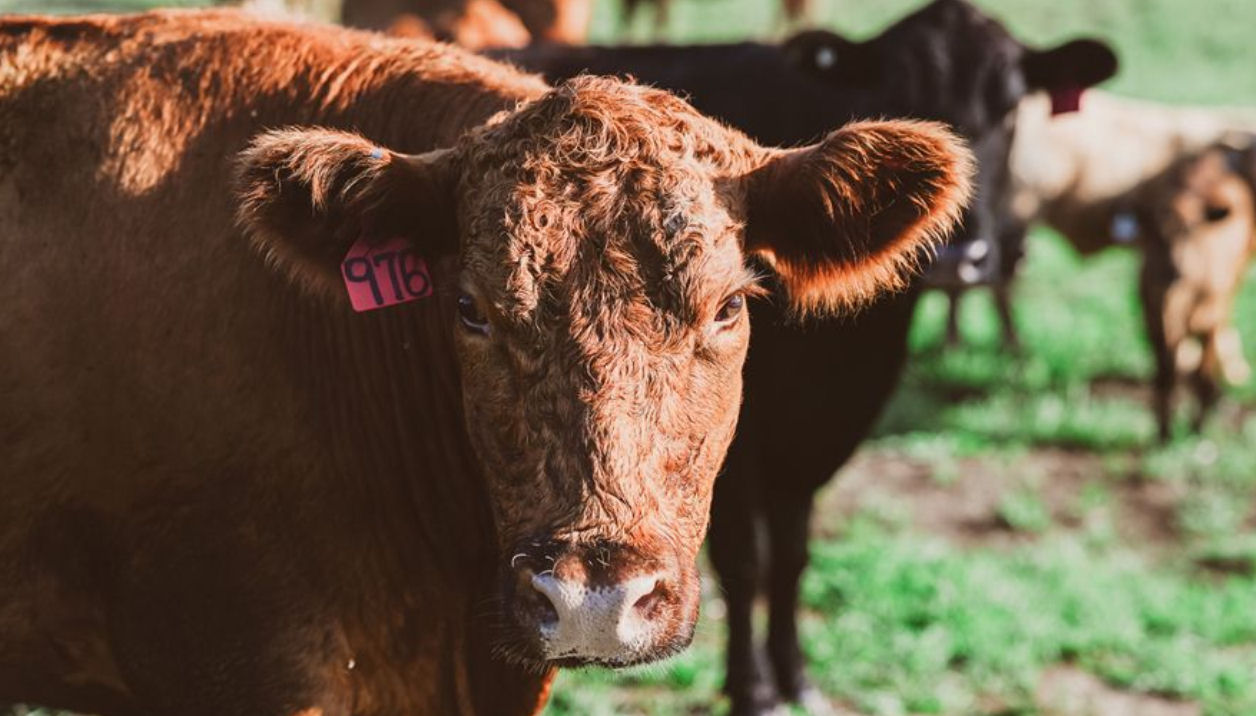Recognizing Animals Threat Protection (LRP) Insurance: A Comprehensive Overview
Navigating the world of livestock risk defense (LRP) insurance policy can be a complicated endeavor for many in the agricultural field. This kind of insurance uses a safety web versus market variations and unexpected circumstances that might influence livestock producers. By understanding the intricacies of LRP insurance coverage, manufacturers can make educated choices that might secure their operations from monetary threats. From just how LRP insurance policy works to the different insurance coverage choices offered, there is much to reveal in this thorough overview that might potentially shape the means animals manufacturers approach danger monitoring in their organizations.

Just How LRP Insurance Policy Functions
Occasionally, understanding the mechanics of Livestock Risk Security (LRP) insurance can be intricate, however breaking down how it functions can offer clearness for herdsmans and farmers. LRP insurance is a risk administration tool designed to secure animals producers against unexpected cost decreases. The policy enables producers to set a coverage degree based upon their particular demands, choosing the number of head, weight array, and insurance coverage cost. As soon as the policy is in location, if market value fall below the coverage cost, producers can sue for the difference. It is necessary to keep in mind that LRP insurance coverage is not an income guarantee; instead, it focuses entirely on price risk defense. The protection period commonly varies from 13 to 52 weeks, offering adaptability for producers to select a duration that aligns with their production cycle. By using LRP insurance, farmers and ranchers can reduce the economic threats related to changing market costs, making certain higher security in their procedures.
Qualification and Protection Options

When it concerns insurance coverage options, LRP insurance provides producers the adaptability to select the coverage degree, coverage period, and endorsements that ideal fit their risk administration requirements. Insurance coverage degrees normally range from 70% to 100% of the anticipated finishing worth of the insured animals. Manufacturers can likewise pick coverage periods that align with their production cycle, whether they are insuring feeder cattle, fed cattle, swine, or lamb. Endorsements such as rate risk protection can additionally personalize insurance coverage to protect versus negative market fluctuations. By comprehending the qualification standards and coverage alternatives readily available, animals producers can make enlightened choices to take care of risk effectively.
Benefits And Drawbacks of LRP Insurance Policy
When reviewing Livestock Danger Protection (LRP) insurance policy, it is essential for livestock producers to evaluate the advantages and negative aspects intrinsic in this risk monitoring device.

One of the primary advantages of LRP insurance is its capability to supply security against a decrease in animals rates. Additionally, LRP insurance policy uses a degree of flexibility, enabling producers to tailor protection levels and policy durations to suit their certain needs.
Nonetheless, there are also some downsides to think about. One restriction of LRP insurance policy is that important source it does not protect versus all sorts of threats, such as illness break outs or all-natural calamities. Moreover, premiums can in some cases be expensive, specifically for producers with huge animals herds. It is important for producers to very carefully assess their individual threat direct exposure and economic situation to identify if LRP insurance is the best danger monitoring device for their procedure.
Recognizing LRP Insurance Premiums

Tips for Optimizing LRP Conveniences
Making best use of the advantages of Livestock Risk Security (LRP) insurance coverage needs strategic planning and proactive risk administration - Bagley Risk Management. To take advantage of your LRP protection, consider the complying with suggestions:
Regularly Evaluate Market Conditions: Remain notified concerning market patterns and rate variations in the livestock market. By monitoring these aspects, you can make enlightened decisions concerning when to acquire LRP insurance coverage to secure against prospective losses.
Establish Realistic Coverage Levels: When selecting insurance coverage degrees, consider your manufacturing costs, market price of animals, and possible dangers - Bagley Risk Management. Setting sensible protection degrees makes certain that you are properly protected without paying too much for unnecessary insurance
Expand Your Insurance Coverage: Rather of counting only on LRP insurance coverage, consider diversifying your risk management techniques. Incorporating LRP with other risk monitoring tools such as futures contracts or choices can supply thorough coverage against market unpredictabilities.
Evaluation and Adjust Protection Routinely: As market problems change, occasionally review your LRP coverage to guarantee it straightens with your current threat exposure. Adjusting insurance coverage degrees and timing of acquisitions can assist maximize your threat security approach. By adhering to these tips, you can make best use about his of the advantages of LRP insurance and protect your livestock procedure versus unforeseen dangers.
Verdict
Finally, animals threat protection (LRP) insurance coverage is a valuable device for farmers to take care of the economic risks related to their animals operations. By understanding how LRP works, qualification and protection choices, as well as the benefits and drawbacks of this insurance coverage, farmers can make educated choices to shield their resources. By meticulously taking into consideration LRP costs and applying methods to make best use of advantages, farmers can mitigate prospective losses and ensure the sustainability of their procedures.
Livestock manufacturers interested in getting Animals Risk Protection (LRP) insurance coverage can check out an array of eligibility requirements and insurance coverage alternatives tailored to their specific livestock operations.When it comes to insurance coverage alternatives, LRP insurance provides manufacturers the adaptability to pick the protection degree, protection period, and recommendations that finest suit their danger administration demands.To comprehend the ins and outs of Livestock Risk Protection (LRP) insurance fully, understanding the variables affecting LRP insurance premiums is important. LRP insurance coverage costs are established by different elements, including the coverage degree picked, the anticipated cost of livestock at the end of the protection period, the type of livestock being guaranteed, and the length of the coverage duration.Review and Readjust Protection Frequently: As market conditions change, regularly assess your LRP coverage to guarantee it lines up with your existing danger exposure.